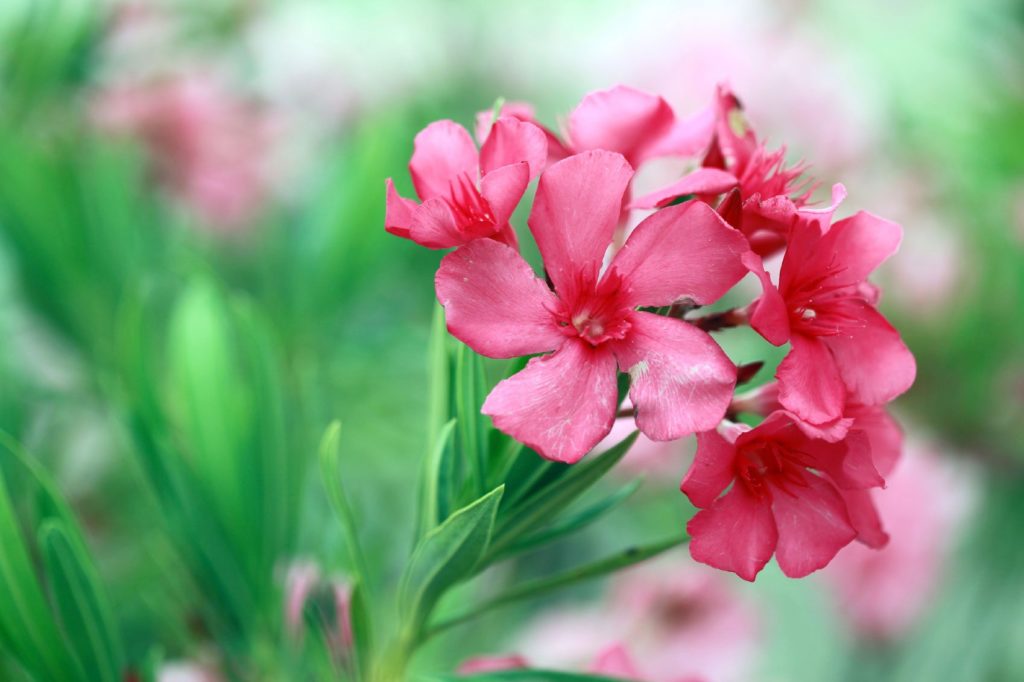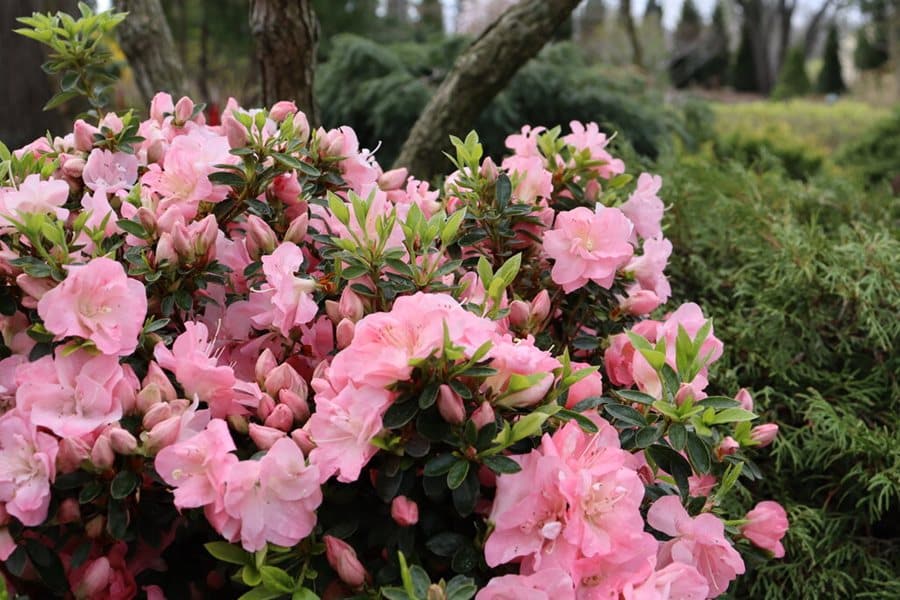We adore being surrounded by houseplants inside and being surrounded by plants outside as well, simply put, we’re plant people. Plants even pose benefits such as reducing stress and fatigue, boosting moods and creativity, adding life to otherwise sterile spaces, and even being therapeutic to care for. But we aren’t talking about those plants today. Today we’re talking about killer plants. Let’s get started!
Manchineel Tree
The Manchineel Tree belongs to tropical northern South Ameican to southern North America, and it is considered the world’s most poisonous tree. The toxicity lies in the Manchineel Beach Apple and once eaten it tastes spicy, but the heat quickly turns to a burning, tearing sensation in a person’s mouth, followed by a tightening throat, and finally, the person will not be able to swallow. This tree also produces a milky sap that oozes from its twigs, bark, fruits, and leaves that can cause severe blisters, and can even cause death if you’re standing under the leaves while it’s raining. Simply touching this tree can (and probably will) result in at least a hospital visit.

Oleander
Oleander may look beautiful and is often grown across the highways, in backyards, and just about anywhere hot, but steer clear of this bright pink flower because it’s one of the deadliest garden plants in the world. Never burn this plant because the smoke from it is highly toxic and if too much is inhaled it can cause death.
Doll’s Eye
Once you know that these are called doll’s eyes, the plant becomes extra creepy. If you’re tempted to eat these berries, don’t. And if you’re wondering why it’s because they’re toxic enough to kill you. Once ingested, these berries attack the cardiovascular tissues, causing cardiac arrest almost immediately.

Azalea and Rhododendron
When springtime comes azaleas are picture-perfect but despite their beauty, this plant is incredibly toxic to the point of causing abdominal pain, paralysis, respiratory problems, coma, and even death if a person ingests as little as a stem or leaf. Symptoms can include vomiting, nausea, salivation, dizziness, weakness, loss of balance, and death due to respiratory failure upon ingestion.
Cerbera odollam Tree
Otherwise known as the Suicide Tree because not only has it been prevalent in a number of suicides, but murder cases as well. Adding just a few seeds to a meal can prove to be horribly fatal. Not only is this cause of death difficult to detect, but it causes a pretty excruciating, slow, and painful death that consists of stomach cramps and diarrhea.